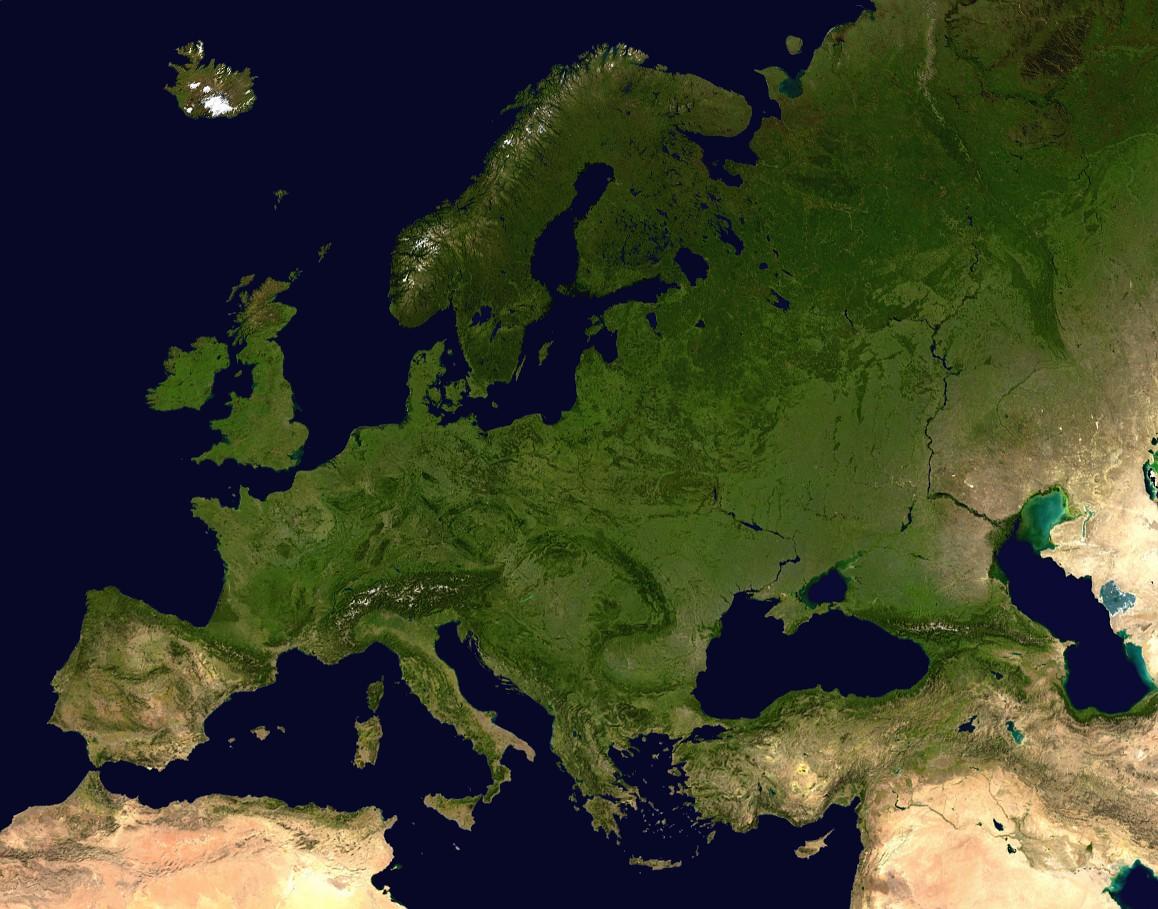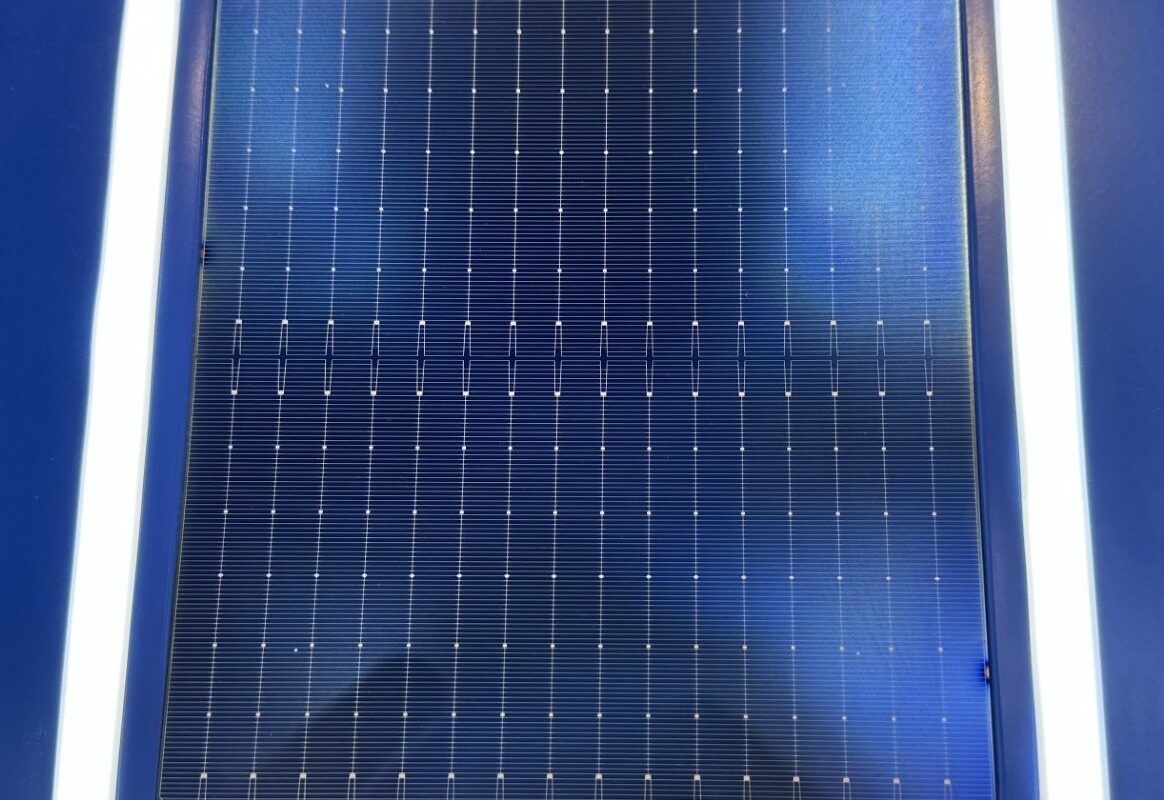In Europe, renewables have produced more energy than fossil fuels in the first and second quarter of 2019. A cumulative 245.8 TWh of electricity had been generated from various sources of renewables, from April through the end of June. The result comes in at 21.3% more than the 202.7 TWh that had been produced from gas, coal, lignite, oil, and peat over the same time period.
These new figures have been released in the European electricity market summary, Q2 2019, published by UK based energy data provider and consultancy EnAppSys. The company periodically reviews raw data from the European Network of Transmission System Operators for Electricity (ENTSO-E), which covers electricity transmission systems from 36 European countries.
This sparkle of the news quickly fades in the summary, as the number crunchers at EnAppSys divulge that the share of power generation from fossil fuels, renewables and nuclear in Europe have largely remained static since 2017. They share that it is typically the case where renewables outperform renewables in the first two quarters, with this trend switching in the second half of the year.
Nuclear plants were the dominant player in Europe’s power mix in the second quarter of 2019, generating 28.2% of total electricity, according to the company's report. It further lists out hydro production at 17.5%, gas: 17.0%, coal/lignite plants: 14.7%, wind: 11.5%, solar: 6.5% and biomass: 3.4%. The remaining generation was made up from oil: 0.6%, waste: 0.5% and peat at 0.1%.
Jean-Paul Harreman, director of EnAppSys BV, commented that “the state of the power fuel mix across Europe has mostly stabilized, with levels of renewables no longer seeing significant increases and the balance between coal and gas largely staying static.” The director further criticized that many countries make big announcements in terms of renewables development but stick to old fuel habits. He points at that the share of coal lignite generation has only come down by 22% since 2016, comparing the second quarter numbers.
Taking a look at the data that the company extrapolated from, solar PV generation across the 36 countries in Q2 2017 was 40.2 TWh, rising to 43.2 TWh in Q2 2018, primarily due to better solar irradiance. With sunshine levels back to “normal” in 2019 in most parts of Europe, Q2 generation was also back to 40.5 TWh.
Additionally, PV’s contribution to the electricity mix has fluctuated over the past few years between 1-3% in the fourth quarters, and 3-4% in the first and third quarters, all the way up to 6% in the second quarters.
Coal and lignite have lost 33% market share since 2015, though they have been largely replaced by gas. Gas generation does offer a benefit in terms of carbon emissions; however, a large-scale deployment would likely fail to support any serious climate change mitigation ambitions.
Great Britain review
The UK based consultancy completed a Great Britain specific review of the ENTSO-E sourced data. Despite the government recently harshening solar generation market conditions, the U.K. has scrapped the export tariffs for small-scale producers in return for a ‘Smart Export Guarantee', but an effective outcome is yet to be seen. With the lifting of VAT on solar products from 5% to 20%, Britain’s renewables energy fleet produced nearly twice the amount of electricity than nuclear plants in the second quarter of 2019. The 23.1 TWh of renewables mark a 9% increase to Q2 2018 levels, the authors write.
EnAppSys adds a grain of salt to the otherwise remarkable news. Nuclear was down 21% compared to Q2 2018 levels, but largely because nine out of 16 nuclear units in the U.K. experienced outages in mid-June, according to the authors.
Coal on the other hand seems to be pushed out of the market. In the second quarter of 2019, there was just 0.36 TWh generated from coal firing – a record low – and 60% down from already low Q2 2018. The reports reads that Britain’s coal fleet remained idle for much of the quarter, with 18 consecutive days where no coal was burned for power generation.
In the second quarter, 40.6% of the electricity was generated from gas-fired plants, 33.1% from renewables, 17.6% from nuclear, 8.1% from imports and 0.5% from coal. Of the renewable generation, 49.1% came from wind farms, 27.7% from biomass, 19.1% from solar and 4.1% from hydro plants.
The continued reliance on coal in the system to provide reserve margins during times of high demand, and low renewables generation, created spot market prices to suddenly spike on June 24.
“On the morning of this day, a number of offline coal plants were already unable to start in time for the evening demand peak due to their inability to fire up quickly enough,” explained Paul Verrill, director of EnAppSys. “When one of the coal plants was called on to start, it tripped and left the system short of reserve margin. The consequence was that the price at which parties are penalized for failing to deliver against their contracted position rose to £375/MWh, as coal plants were positioned in the market to be able to provide additional margin if needed. That evening, prices could easily have peaked as high as £1,000/MWh under a slight change in circumstances.”
This content is protected by copyright and may not be reused. If you want to cooperate with us and would like to reuse some of our content, please contact: editors@pv-magazine.com.




Why should the share of renewables be expected to fall in the second half of the year? To a first approximation, the weather conditions are symmetrical. Extra air-conditioning load in Q3 over Q2 is balanced by extra heating load in Q1 over the previous Q4..
This is why need a good portion of energy storage from batteries in the 4 to 6 hrs window to better manage peak and balancing demand. Why politicians are so dumb?
PS: the data are for electricity not energy!
Duly noted James, thank you.